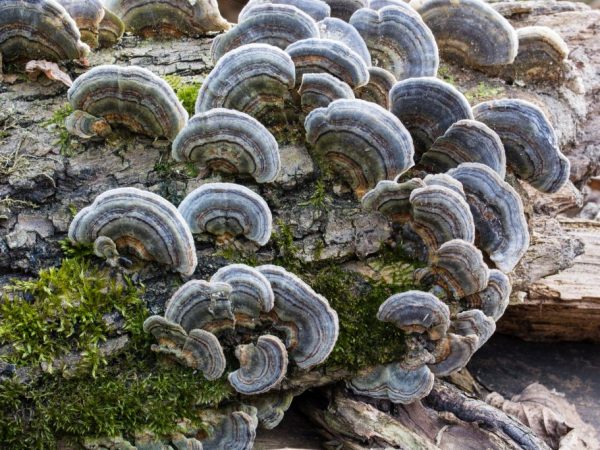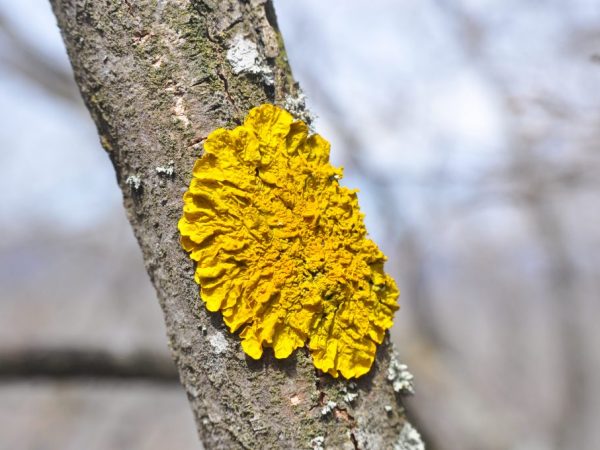Symbiosis of mushrooms and trees
The cohabitation of two completely different organisms is the basis of all life. Most living organisms cannot live without mutualism. The symbiosis of a fungus and a tree is also common. As a result, both partners benefit.

Symbiosis of mushrooms and trees
Symbiosis
The relationship occurs between organisms of different types. Communication is required when symbionts are completely dependent on each other, for example, lichens; it is optional when plants and their "companions" -symbionts can live separately. A symbiont is an organism that is symbiotic. There are several types of symbiosis:
- Parasitism: relations in which one member of the union harms the second. It manifests itself in endosymbiosis, that is, one individual lives in cells, tissues of another, or exosymbiosis (one species lives on the surface of the body of another).
- Mutualism: a type of relationship in which interspecies altruism or complete interconnection is observed.
- Commensalism: a form of communication in which one symbiote benefits, while the other does not feel much harm or help. Examples of such cohabitation are a spider building a web on plants, a bitter fish lays eggs in the shell of bivalve mollusks.
- Amensalism: a form of existence where a certain species oppresses or destroys another. For example, a walnut completely destroys everything that lives within its root and feeds on decomposed substances.
- Synnecrosis: a rare type in which a mutually beneficial relationship leads to the death of both involved.
It has been confirmed that the desire for unification is more strongly developed in fungi with well-formed supra-soil fruiting bodies. The symbiosis of plants and fungi is a vivid example of reliable contact between two biological organisms. These unique eukaryotic creatures are able to cooperate with many others. For example, fungi form a bond with the roots of many organisms.
Connection with trees
Mycorrhiza, or fungus root, is the result of the symbiosis of fungi with trees. To enter into such contact is beneficial to both. For example, boletus (or porcini) hyphae penetrate the small roots of woody organisms and are located between cells. So, thanks to the interaction with the mycorrhiza, mycorrhiza is formed. It has been scientifically proven that certain types of trees create it in conjunction with dozens of different fungi.
Irina Selyutina (Biologist):
In mycology, the following types of mycorrhiza are distinguished, differing in the characteristics of their structure:
- Ectotrophic: fungal hyphae simply braid the surface of a young plant root, forming mycorrhizal tubes or a kind of cover. In this case, the hyphae, penetrating into the rhizoderm of the root, spread only along the intercellular spaces, without affecting the cell cavity. In the case of the formation of this type of mycorrhiza, the root hairs atrophy in the plant - their function is performed by the hyphae of the fungus. There is also a reduction of the root cap - it is similarly replaced by hyphae, which have formed their own "cap". As a result, the root is divided into zones with the formation of the Gartig network.
- Endotrophic: The fungal hyphae pass into the cells of the root cortex through the pores in their membranes and form there clusters resembling tangles. At the same time, the mycorrhiza is poorly visible outside the root.
- Ectoendomycorrhiza: represents something in between, combining the features of the previous types of mycorrhiza.
They successfully exchange the necessary substances with each other.

Lichens can live up to 100 years
In alliance with the mycelium, trees are capable of producing antibiotics that reliably protect organisms from bacteria and diseases. For example, mycelium gives back water filled with minerals for the root system, and the tree supplies sugar in return.
Plant connection
The symbiosis of fungi with plants, for example, in lichens, leads to constant development, organisms acquire new functions. In the middle of the 19th century, it was established that these groups of bodies are a union of algae and fungi, and not separate organisms, as was commonly thought. In this alliance, both symbionts receive the most benefits.
Using chlorophyll, algae form organic matter - sugar, which the mycelium feeds on, which equally protects from drying out, and provides biologically significant elements. It receives these and other minerals from the substrate.
Thus, thanks to symbiotic bonds, lichen can live both in hot deserts and in high mountains or northern regions. They are found on a wide variety of surfaces. These mysterious creations of nature are composed of 300 compounds, including at least 80 unique elements. The symbiosis of the fungus and the root of the plant increases the lifespan of the lichen. It is believed that there are species that are more than 10 thousand years old. Common lichens, found everywhere, live for about 60-100 years.
There is a connection between the mushroom and the person. This is more amensalism than a mutually beneficial exchange. The production of alcohol based on yeast, which is a type of mushroom, has been going on for more than one millennium.
Conclusion
Symbiosis is not only the cohabitation of woody, herbal organisms with fungi, but also an element of progress. Scientists say that not only competition is the main driving force of civilization, but also the help and mutual dependence of organisms.



